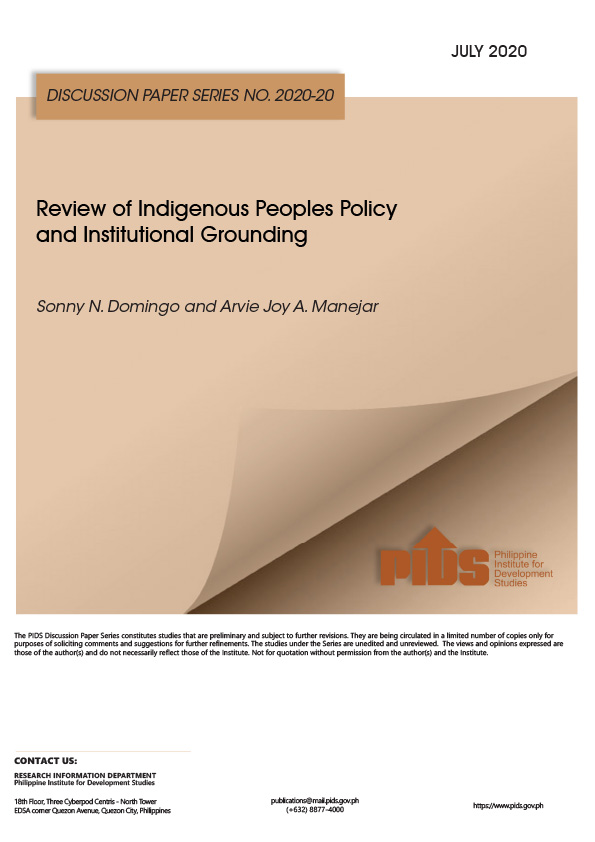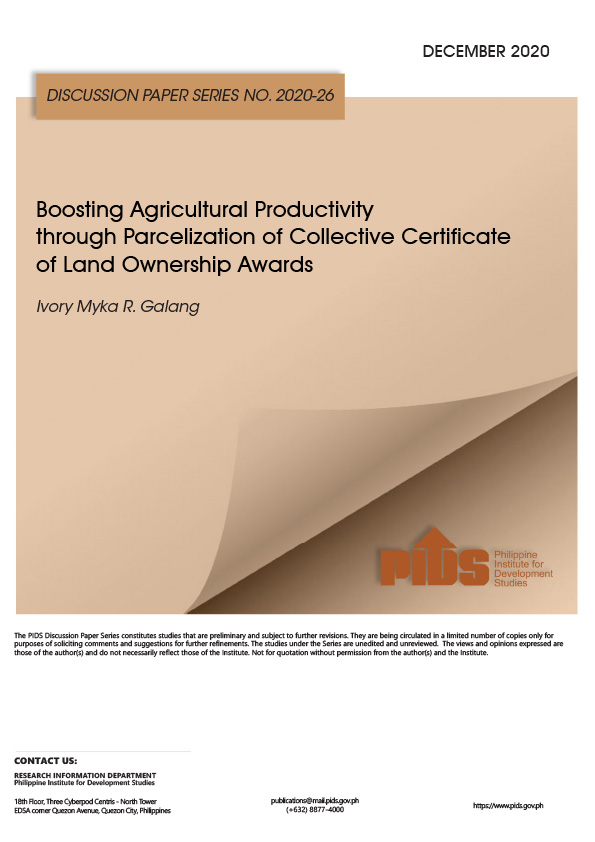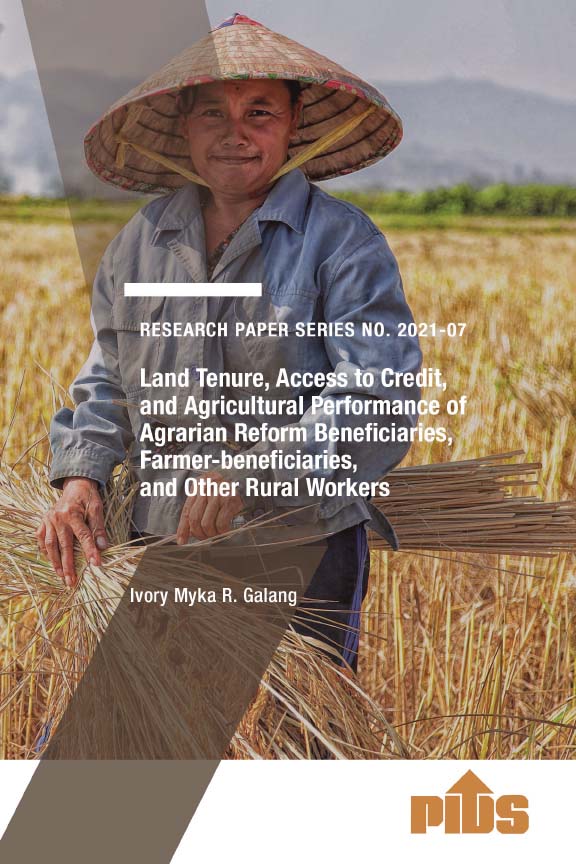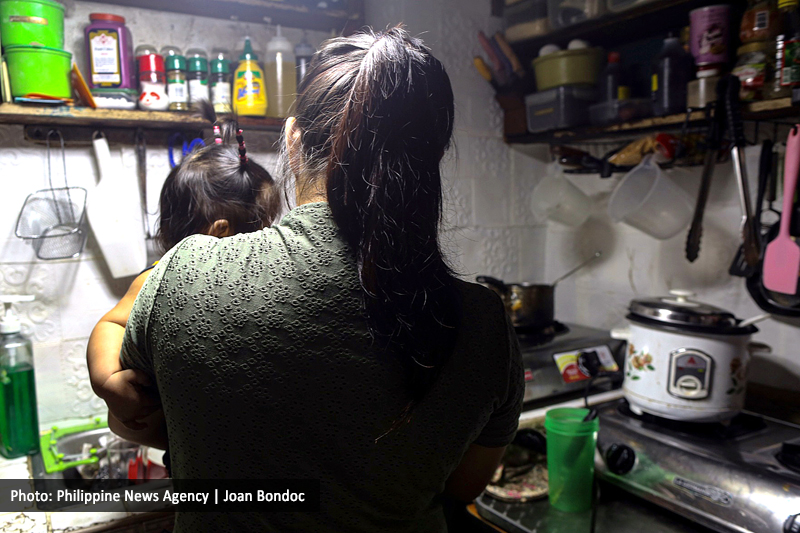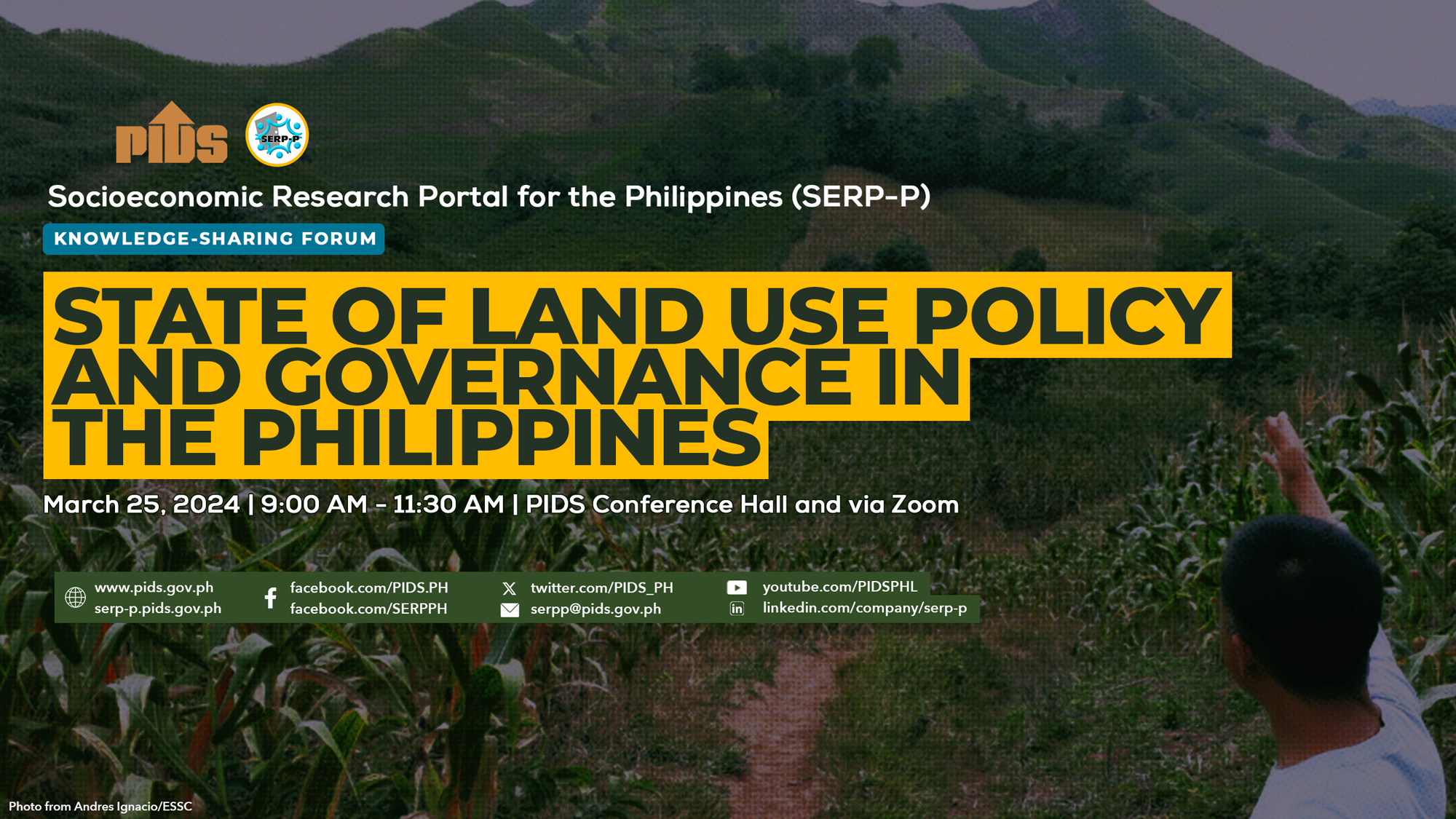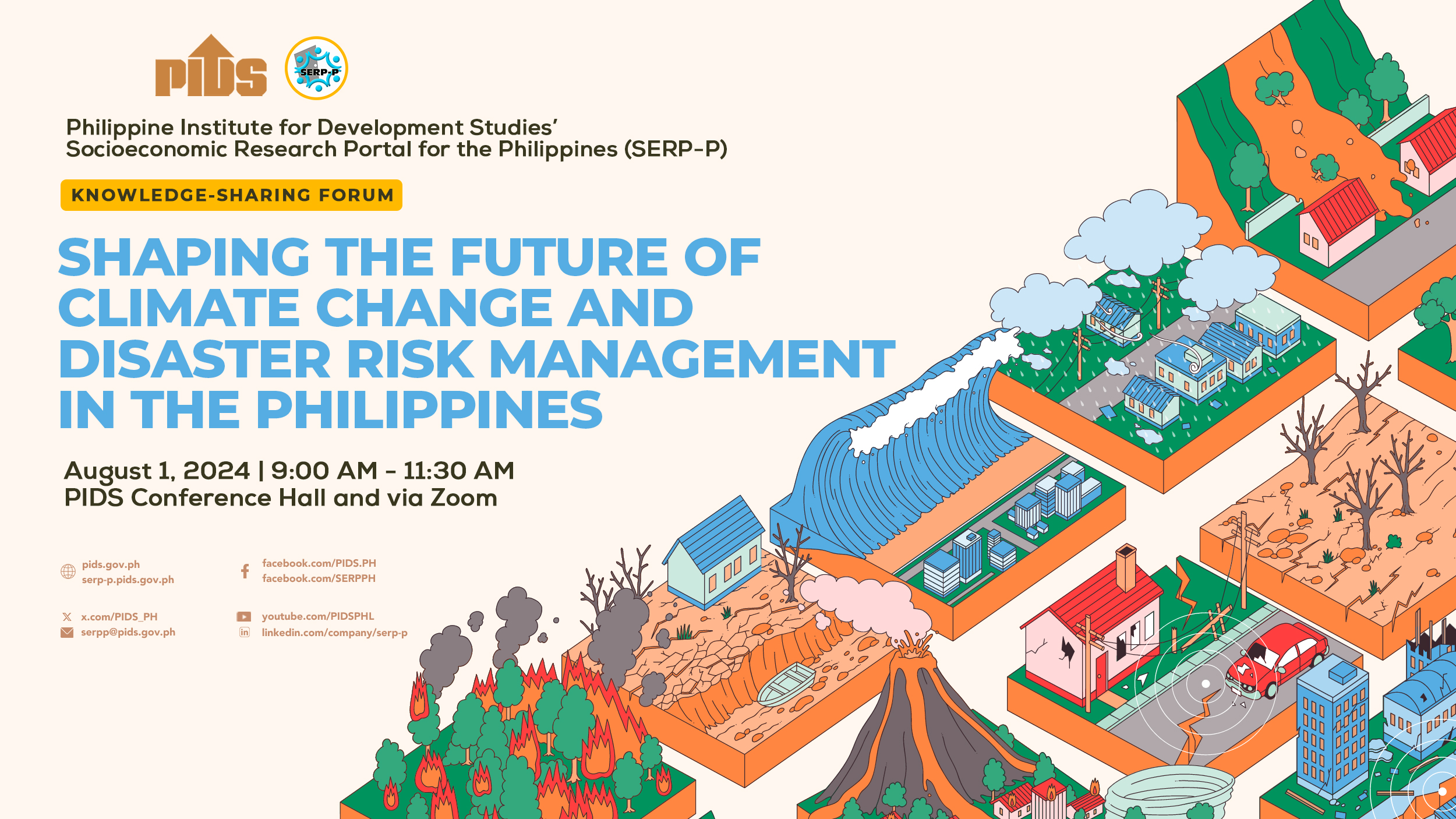MANILA, Philippines — Thirty years after its implementation, the Comprehensive Agrarian Reform Program (CARP) is still burdened by poor land management and administration problems, hampering the provision of support to agrarian reform beneficiaries (ARBs), a new research paper by state-run think tank Philippine Institute for Development Studies (PIDS) showed.
In the paper titled “The Comprehensive Agrarian Reform Program After 30 Years: Accomplishments and Forward Options,” PIDS research fellows Marife Ballesteros, Jenica Ancheta and Tatum Ramos said while the accomplishments of CARP in terms of reformed area and number of beneficiaries for the past 30 years have been “substantial,” there is evidence that the program has been poorly targeted in terms of areas covered and beneficiaries.
CARP, introduced in 1988, is the redistribution of public and private agricultural lands to landless farmers and farm workers. It is based on the Comprehensive Agrarian Reform Law (CARL) of 1988 signed by former president Corazon Aquino.
To date, over 4.8 million hectares of private and non-private agricultural land have been distributed under the program, benefitting around 2.8 million ARBs. It also supported the distribution of about 2.5 million hectares of public alienable and distributable lands and issuance of stewardship rights to forest lands and leasehold rights to agricultural lands not covered by land reform.
This is still below target as under the CARP, a total target of 10.3 million hectares of land was programmed to be distributed over a span of 10 years.
PIDS said the delay in CARP implementation is expected to increase the cost of land acquisition because of increased zonal land prices as a result of urbanization in the countryside. Already, there is “evidence of overpricing of the land acquired by the government,” which is still mostly attributed to changing zonal values over the years.
The slow distribution of lands also aggravate the problem in the targeting of areas covered, as well as the beneficiaries. Poor inventory of parcels of land as well as tenancy also pose a problem for the government in crafting policies that can help farmers attain economies of scale.
“The accomplishments of CARP in terms of area covered and number of beneficiaries have been significant. CARP accomplishments represent 70 percent of an estimated total non-owner-cultivated agriculture land and 54 percent of total farming households in the country,” PIDS said.
“However, there is evidence that the program had been poorly targeted in terms of areas covered and beneficiaries. DAR (Department of Agrarian Reform) experienced difficulty in constructing the land inventory and master list of beneficiaries due to the absence of parcel-based information on land use and ownership and the poor land record system in the country. There is also no inventory of farmers or tenants in the country. Targeting, thus, has been largely influenced by landowners and local officials, including DAR officials, at the local level,” it added.
The study also showed that coverage of land distribution is not consistent with areas or provinces with the highest concentrations of land holdings and tenancy.
Almost 60 percent of the lands distributed were voluntarily offered by landowners for land reform coverage with them also naming beneficiaries.
“While market-initiated arrangements reduce administrative cost and facilitate land transfer, it can be subject to abuse especially when good information on land ownership and agriculture workers are scarce,” said the study.
Compulsory acquisition was also found to be slowest in areas that are more productive.
“CARP can be considered the longest-running land reform program in Asia and, possibly, the world. A key issue raised is whether there is a need for further land redistribution or for government to focus on improving the productivity and farm incomes of small farmers,” said PIDS.
The PIDS said while there is no systematic information of land ownership in the agriculture sector, the existence of haciendas have significantly declined over time as a result of urbanization and land reform programs.

